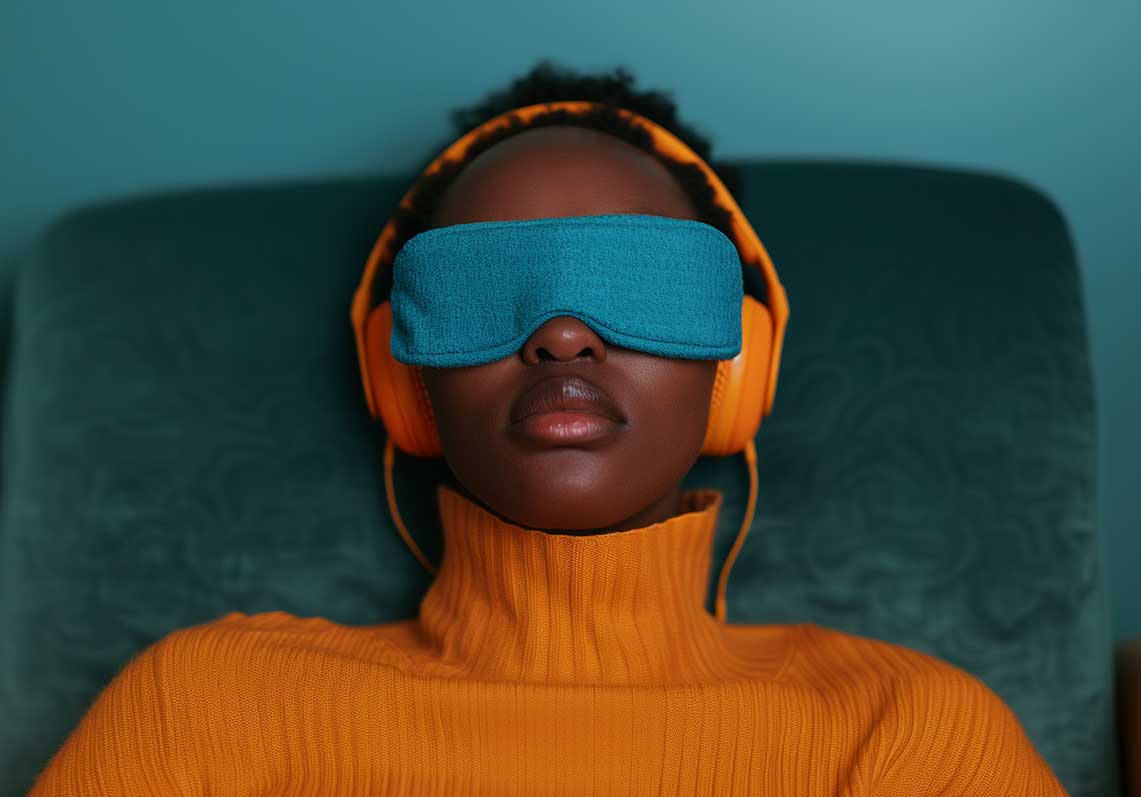The state of play for psychedelics has changed significantly over the last decade or so. More Americans are choosing to sit with psychedelics. An estimated 8 million American adults did so in 2023, accounting for 3.1% of the total adult population. (1)
These changing trends are seemingly driven by increased interest in the therapeutic potential of psychedelic substances, with a resurgence in medical research that all but ground to a halt in the late 1960s when they were criminalized. (2)
Where will this lead us? What does the future hold for psychedelic use in the United States, and how are psychedelic medicines perceived by the general public?
How People Are Choosing to Work with Psychedelics
When the average person thinks of psychedelics, they likely conjure up images of 1960s hedonism or think about memorable scenes from famous TV shows and films, such as Homer’s chili-induced existential pilgrimage in The Simpsons or most of Fear and Loathing in Las Vegas. But most people who sit with psychedelics today are microdosing.
The image of LSD tabs being dished out—and consumed—like M&Ms at rock concerts has been replaced by contemplative, considered experiences. The average person who sits with psychedelics is just that—the average person. Plant medicines are being explored by people from all walks of life, usually for their therapeutic benefits.
In 2024, The Free Press published a story about so-called “Mushroom Mommies,” which told the stories of microdosing moms seeking solace in psilocybin or MDMA, often in the belief that it can improve their love life, marriage, and mental health.
We’ve seen many similar stories in our own community, and it makes for fascinating reading, including one member’s daughter who turned to microdosing for help with trauma.
A Change in Public Opinion
It’s fair to assume that many of the 4 million people who sat with psychedelics in 2023 did so to help with their personal struggles, past trauma, or ongoing issues. And while people have a myriad of reasons for choosing this path, all of which are perfectly acceptable, it’s this shift toward the medicinal that is changing public perception about psychedelics.
It’s likely one of the main reasons why 61% of Americans now support legal psychedelic therapy, according to a study by the UC Berkeley Center for the Science of Psychedelics. (3)
What Does This Mean for the Future of Psychedelics?
Let’s be honest: the fact that more people are sitting with psychedelics isn’t enough to change the legal status. Microdosing might be common in all walks of life, but that won’t mean your local grocery store will soon stock psilocybin capsules. If that’s all it took, marijuana would have been legal a long time ago.
Popularity often leads to stricter rules and harsher penalties, not decriminalization and legalization. But the argument for legalizing or at least decriminalizing psychedelics is much stronger than that of other prohibited substances.
Psychedelics are not habit-forming, and they are very well tolerated. There is also no research to suggest they lead to any kind of societal harm. What’s more, there is a wealth of research supporting their use in the management of various ailments.
A 2020 meta-analysis noted “statistically significant” results when psilocybin and behavioral interventions were used on individuals with anxiety and depression, while a 2021 study showed “solid evidence” that psilocybin could help in the treatment of depression, with suggestions that it may assist those with obsessive-compulsive disorder and substance abuse disorder. (4)(5)
Authorities have already changed their tune with regard to psychedelics. After practically ignoring the medicinal potential of these substances for 50 years, the National Institutes of Health (NIH) gave a $4 million grant to Johns Hopkins University to study the effects of psilocybin on addiction. In the same year, there were 27 psychedelic reform bills being considered across the US. (6)(7)
This kick-started a flurry of federally funded clinical trials, including 2024 legislation that appropriated $10 million to research psychedelics in the treatment of post-traumatic stress injury and traumatic brain injury. (8)
In 2025, more bills are being considered, more research is being funded, and the notion of therapeutic psychedelics is gaining pace.
A law was proposed in Washington that called for the study of ibogaine-assisted therapy in the treatment of opioid use disorder (WA HB 5204), while in Massachusetts (MA HD 4017, MA HD 188, MA HD 1003, MA HD 4196), Rhode Island (RI HB 5186), Oregon (OR HB 2387), Missouri (MO HB 829), Indiana (IN HB 1166), Colorado (CO HB 25-1063), Iowa (IA HF 14), New Mexico, and Washington again (WA SB 5201), there have been bills calling for more research/funding into psilocybin. (9)
Conclusion: Is the Future Bright for Psychedelic Medicines?
The roadmap to complete legalization is looking a little clearer and a lot easier for psychedelics. A lot has changed over the last few years, and with more research, more trials, and more funding than ever before, it looks like the future of psychedelics could be very bright.
However, there is still a long way to go. Bills take time. Research takes even more time. And it takes a lot more than just time to change the minds of lawmakers. The political landscape is also constantly changing, with new governments, new ideas, and drastic shifts in focus concerning funding and laws.
If we are to see a future where psychedelics are completely legal, it could be years down the line. In the meantime, anyone who sits with psychedelics on a regular basis can take solace in the fact that things are heading in the right direction, and many states have already changed how they view these medicines, with possession now being decriminalized in a handful of states while others (including Oregon) allow their use when it is assisted by a licensed therapist.






